An aeroplane is carrying a traffic load of 10320 kg .complete the necessary ? [ Analysis topography ]
Question 72-1 : 1830 kg 655 kg 7000 kg 8268 kg
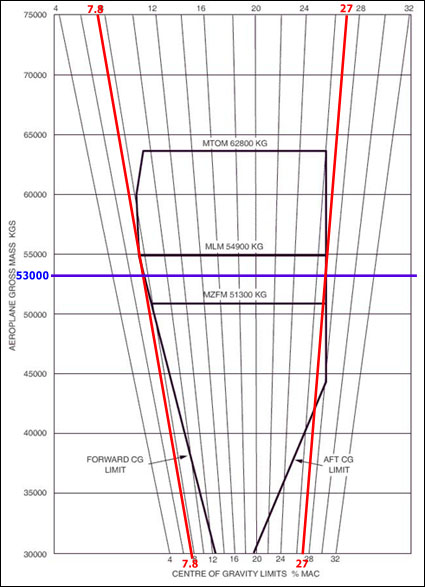 1830 kg.
1830 kg. When has the centre of gravity to be computed ?
Question 72-2 : Prior to every flight after every 400 hours inspection at least every 4 years during every yearly inspection
 Prior to every flight.
Prior to every flight. What mass has to be entered in the loading chart for aviation fuel f 34 if 170 ?
Question 72-3 : 133 kg 133 dan 170 kg 218 kg
An aeroplane with a two wheel nose gear and four main wheels rests on the ?
Question 72-4 : 40 cm 25 cm 4 m 41 6 cm
 40 cm.
40 cm. Using the reference provided without the crew the weight and the cg position of ?
Question 72-5 : 4 615 m 0 217 m 4 783 m 4 455 m
Given that the flight time is 2 hours and the estimated fuel flow will be 1050 ?
Question 72-6 : 24 cm aft of datum 25 cm aft of datum 22 cm aft of datum 27 cm aft of datum
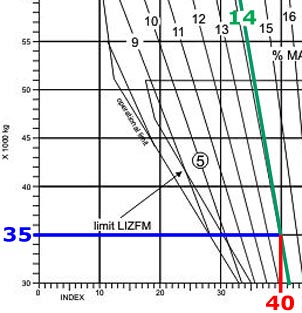 24 cm aft of datum.
24 cm aft of datum. An aeroplane with a two wheel nose gear and four main wheels rests on the ?
Question 72-7 : 57 cm 93 cm 108 cm 176 cm
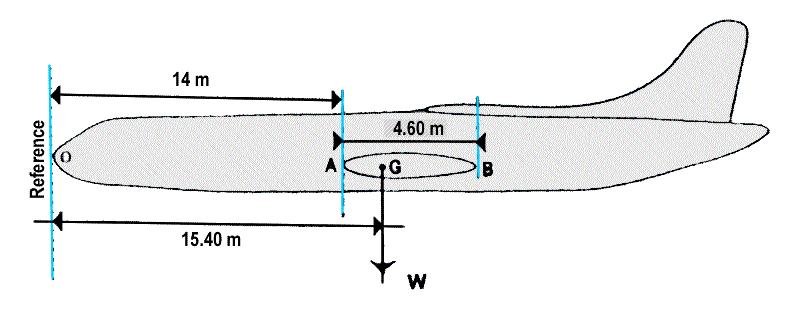 57 cm.
57 cm. An aeroplane has a planned take off mass of 200 000 kg .its cg is located at 15 ?
Question 72-8 : 4600 kg 5600 kg 3600 kg it is impossible to move the cg at the requested value
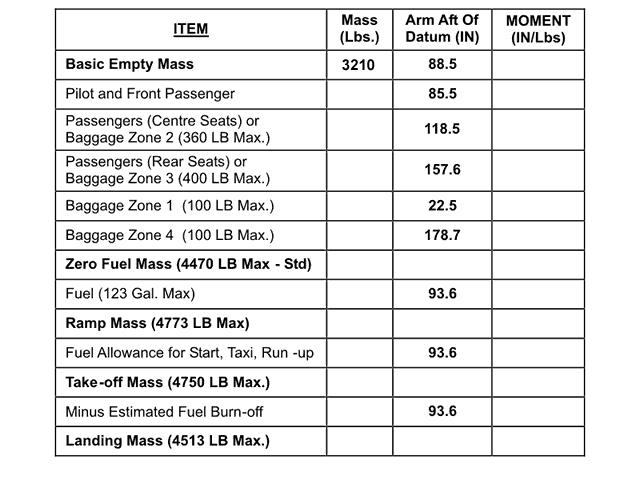 4600 kg.
4600 kg. The index method in mass and balance calculations is used for ?
Question 72-9 : Reducing the magnitude of the moment reducing the magnitude of the useful load increasing the magnitude of the useful load increasing the magnitude of the moment
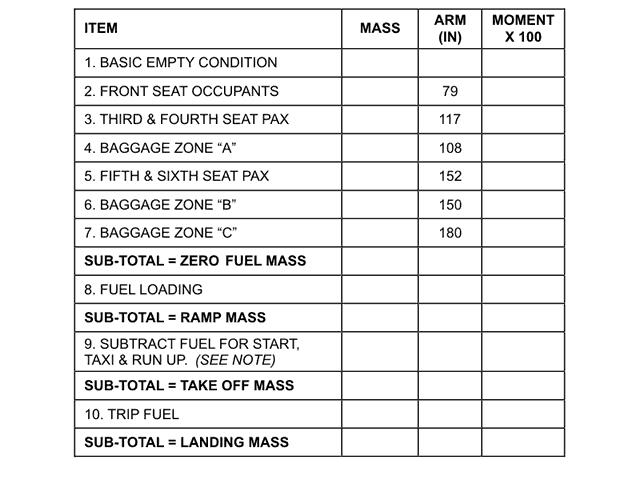 Reducing the magnitude of the moment.
Reducing the magnitude of the moment. What are the advantages of using the index method to determine moments .it ?
Question 72-10 : Reduces the magnitude of the moments making it less time consuming to compute is digitalised and can be automatically uploaded to the aircraft fmc to determine stabiliser trim setting directly produces the position of the cg and the stabiliser trim setting enabled the pilots to calculate the position of the cg by mental arithmetic and thereby expedites mass and balance calculations
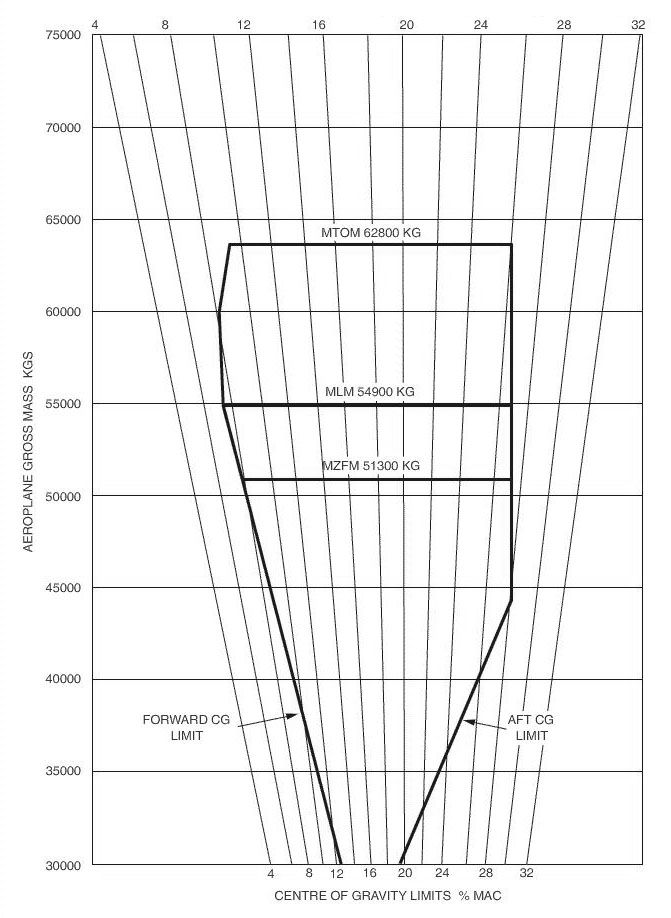 Reduces the magnitude of the moments, making it less time consuming to compute.
Reduces the magnitude of the moments, making it less time consuming to compute. What is the principle of the index method ?
Question 72-11 : To divide high magnitude moments by a constant and make result more easier to use to refer every item of the aircraft to a position called the ba balance arm to compute the cg position and stabiliser trim setting without completing a load sheet to round all values for easier and much faster calculation
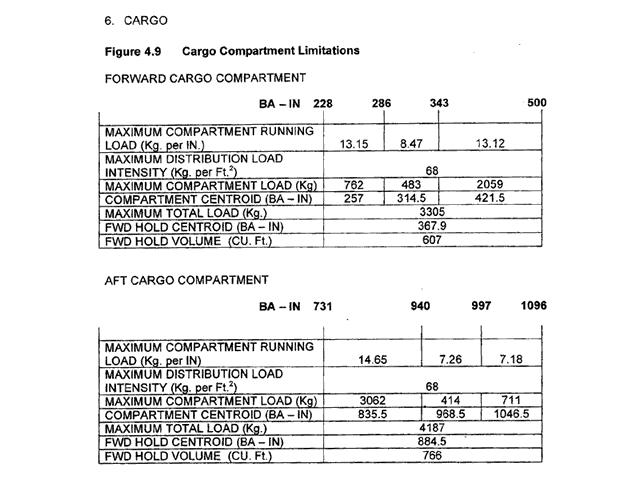 To divide high magnitude moments by a constant and make result more easier to use.
To divide high magnitude moments by a constant and make result more easier to use. Define the 'under load' ?
Question 72-12 : Allowed tom dom useful load actual tom dom useful load allowed tl tom actual tl tom
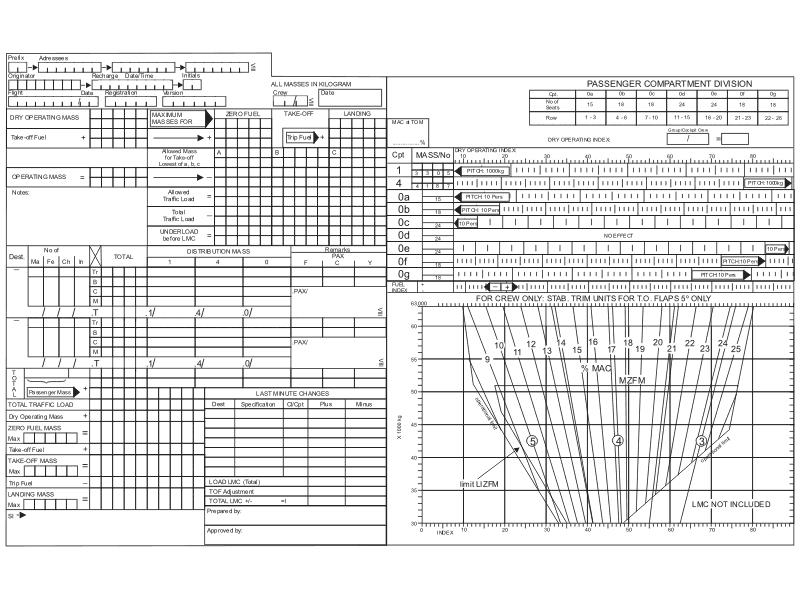 Allowed tom - dom - useful load
Allowed tom - dom - useful load For this question use annex ecqb 031 046 v2015 01 .the aircraft is loaded as ?
Question 72-13 : 300000 kg mm 30000 kg mm 34800 kg mm 348000 kg mm
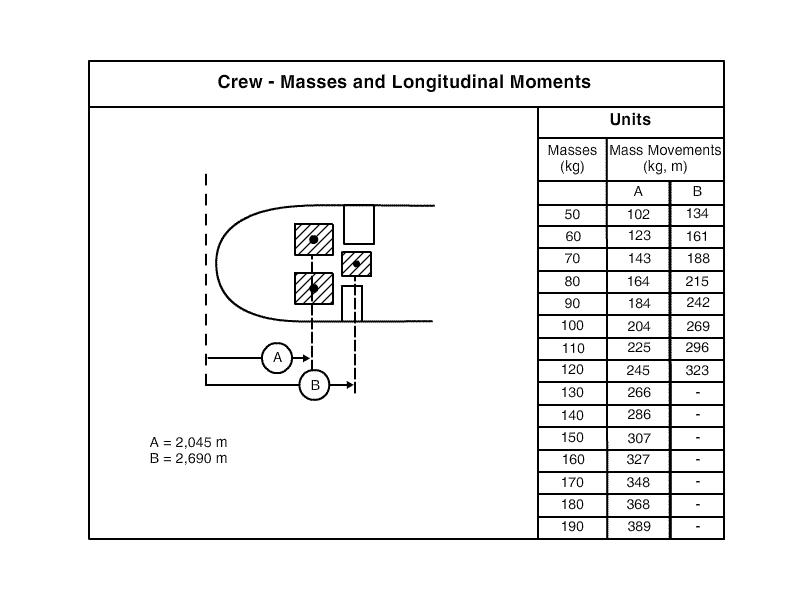 300000 kg.mm
300000 kg.mm The planned take off mass of a turbojet aeroplane is 180 000 kg with its centre ?
Question 72-14 : 22 1 % 30 0 % 21 1 % 24 2 %
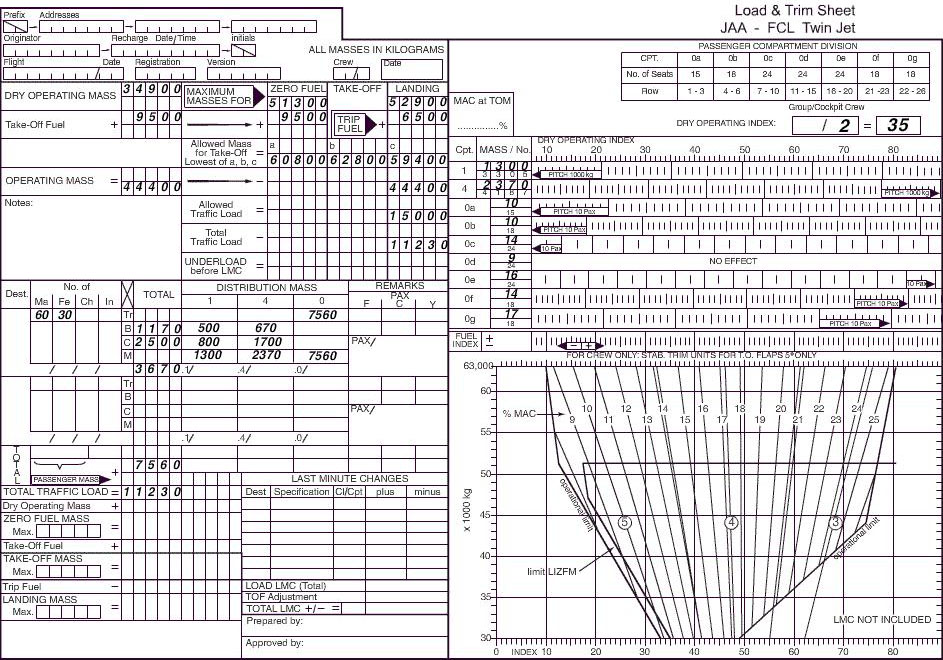 22.1 %.
22.1 %. A turbojet aeroplane has a planned take off mass of 190 000 kg following cargo ?
Question 72-15 : 3000 kg from cargo 4 to cargo 1 2000 kg from cargo 4 to cargo 1 1000 kg from cargo 4 to cargo 1 it is not possible to obtain the required centre of gravity
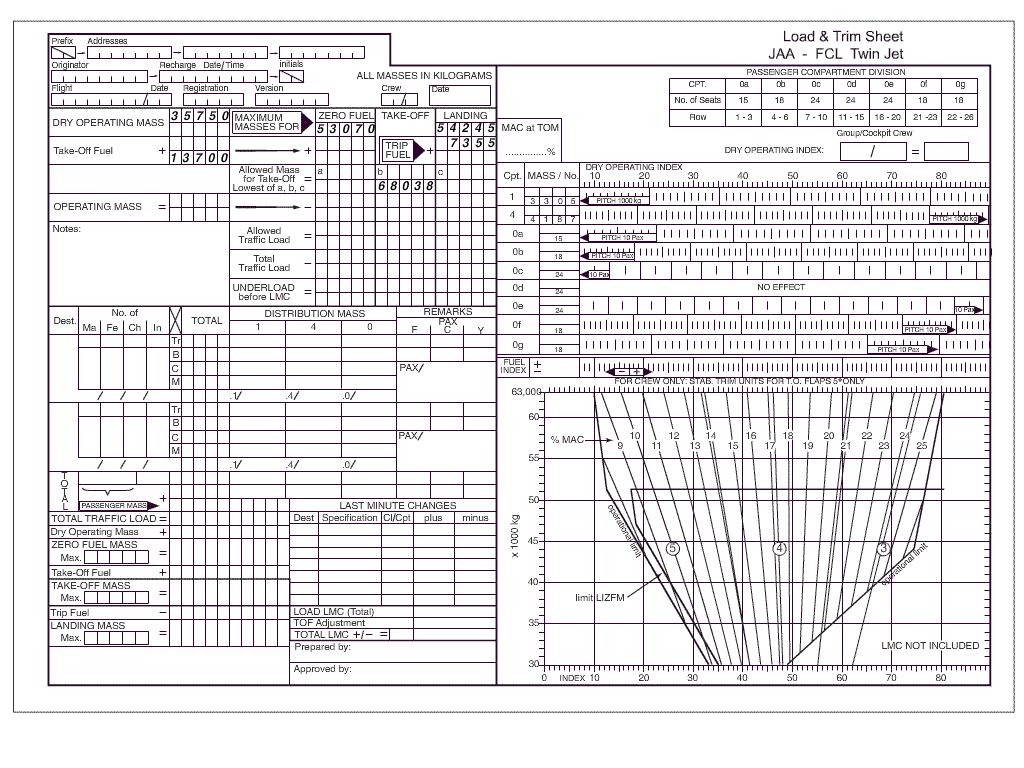 3000 kg from cargo 4 to cargo 1.
3000 kg from cargo 4 to cargo 1. The planned take off mass of an aeroplane is 190 000 kg with its centre of ?
Question 72-16 : 32 2 % 31 % 27 % 25 %
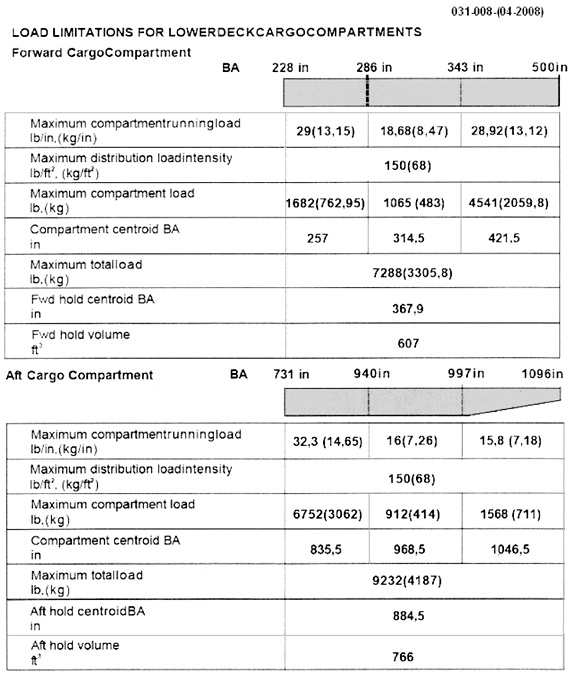 32,2 %.
32,2 %. The planned take off mass of an aeroplane is 180 000 kg with its centre of ?
Question 72-17 : 25% 34% 38% 21%
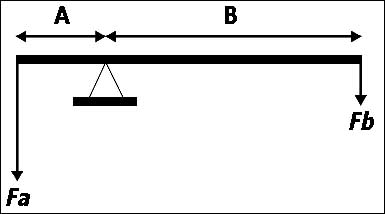 25%.
25%. What is dry operating index doi ?
Question 72-18 : The index for the position of the centre of gravity at dry operating mass the distance from datum to the centre of gravity of a mass the point through which the force of gravity is said to act on a mass the product of the mass and balance arm
 The index for the position of the centre of gravity at dry operating mass.
The index for the position of the centre of gravity at dry operating mass. A 3 m long plank is on a pivot halfway along its length a 1 kg mass is ?
Question 72-19 : 0 5m to the left 0 5m to the right 1m to the left 1m to the right
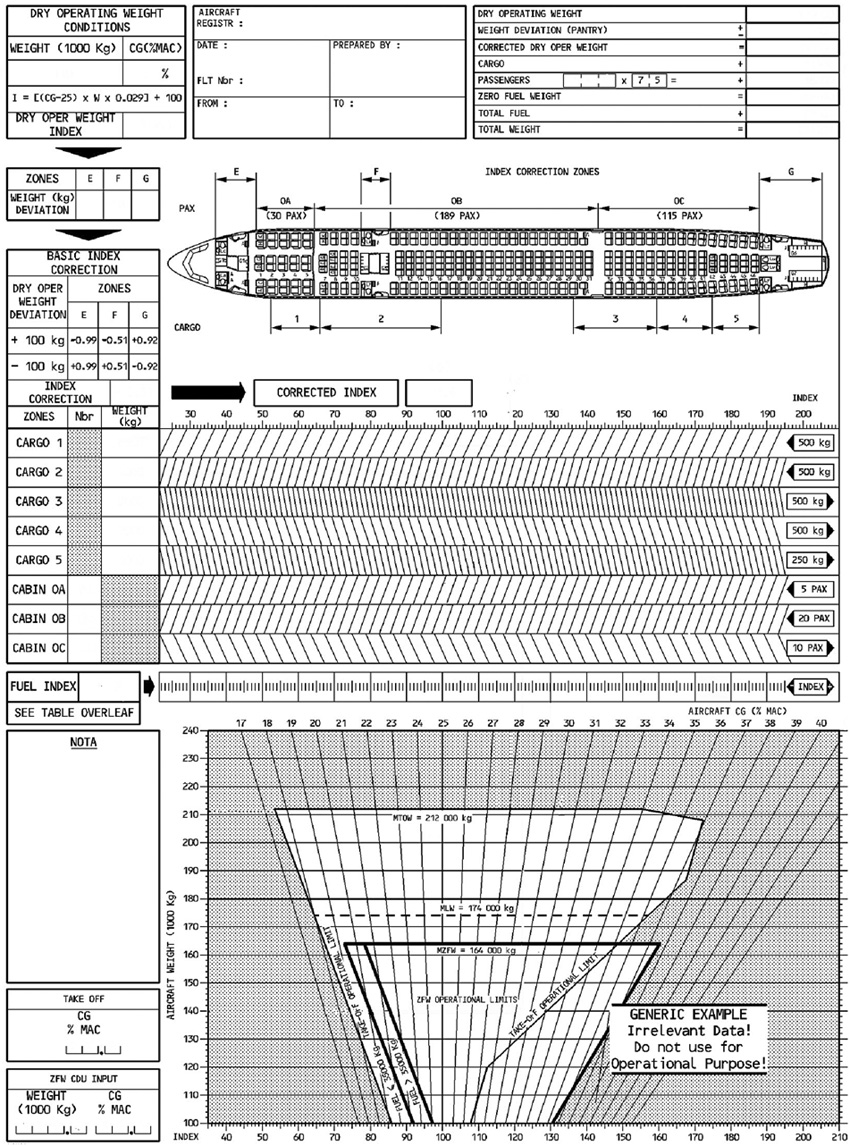 0.5m to the left.
0.5m to the left. For the following see saw to be in balance with a mass of 35 kg suspended on ?
Question 72-20 : 22 kg 136 kg 57 kg 14 kg
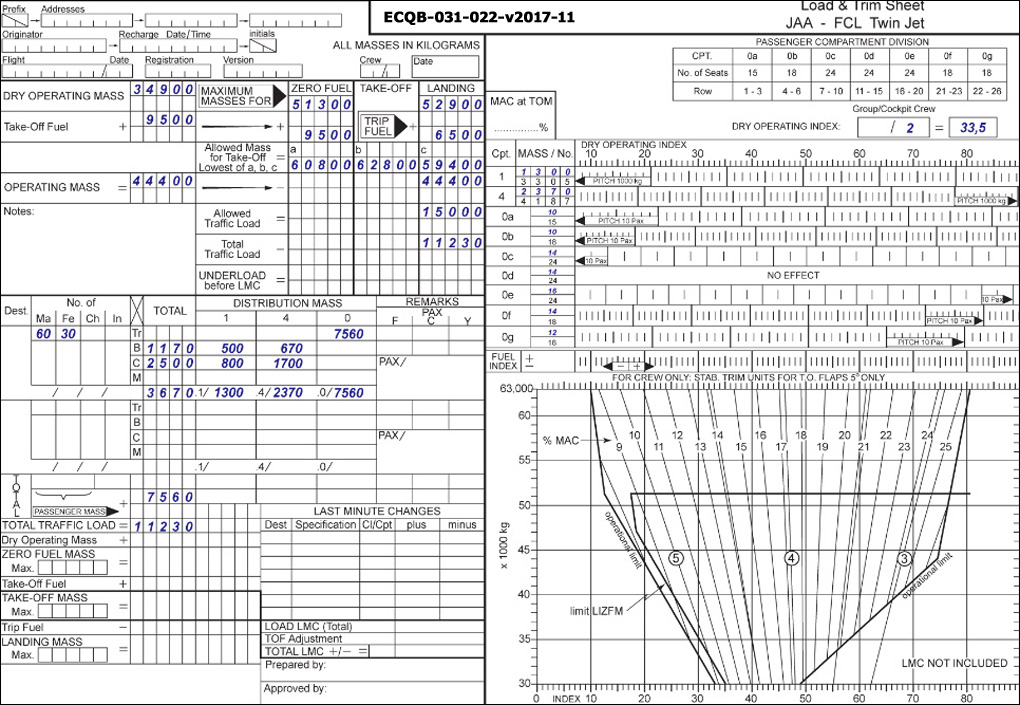 22 kg.
22 kg. Refer to figure 031 13 .for a medium range twin jet aircraft with a cg located ?
Question 72-21 : 3 0 2 5 3 25 2 75
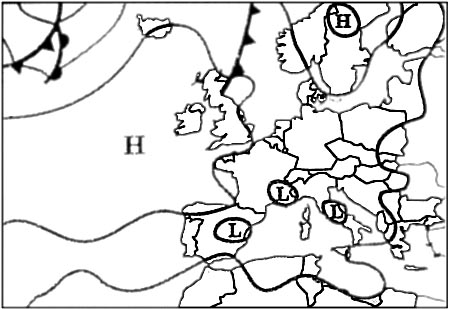 3.0
3.0 Consider a conventional aircraft with three wheels the nose jack is located 161 ?
Question 72-22 : Bem 40900 lb cg 740 5 in bem 21600 lb cg 722 3 in bem 40900 lb cg 722 3 in bem 21600 lb cg 709 6 in
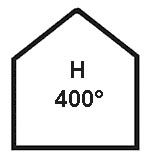 Bem 40900 lb, cg 740.5 in.
Bem 40900 lb, cg 740.5 in. Refer to figure 031 57 .calculate the cg position and moment for the basic ?
Question 72-23 : 115 7 in aft of datum and the moment is 365074 in lb 111 4 in aft of datum and the moment is 489666 in lb 95 3 in aft of datum and the moment is 380373 in lb 113 6 in aft of datum and the moment is 430998 in lb
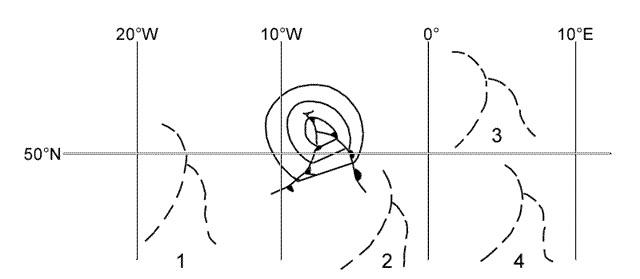 115.7 in aft of datum and the moment is 365074 in.lb
115.7 in aft of datum and the moment is 365074 in.lb The mass and the cg of an aircraft must be established by actual weighing by the ?
Question 72-24 : Operator prior to initial entry into service owner operator before the first flight of the day pilot on entry of aircraft into service engineers before commencing service
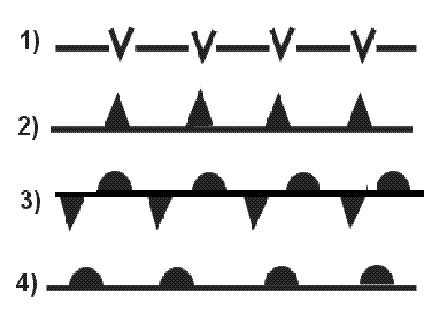 Operator prior to initial entry into service.
Operator prior to initial entry into service. Refer to figure 031 59 .the see saw is in a state of equilibrium calculate the ?
Question 72-25 : 30 49 m 37 1 m 29 49 m 22 49 m
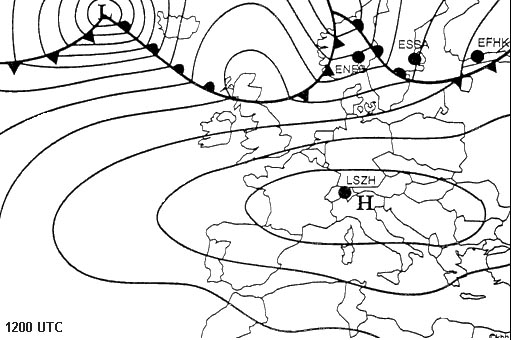 30,49 m.
30,49 m. Given .length of the mac 114 inches.forward gc limit 12% mac.aft cg limit 38% ?
Question 72-26 : 2 28 inches 8 77 inches 25 08 inches 10 53 inches
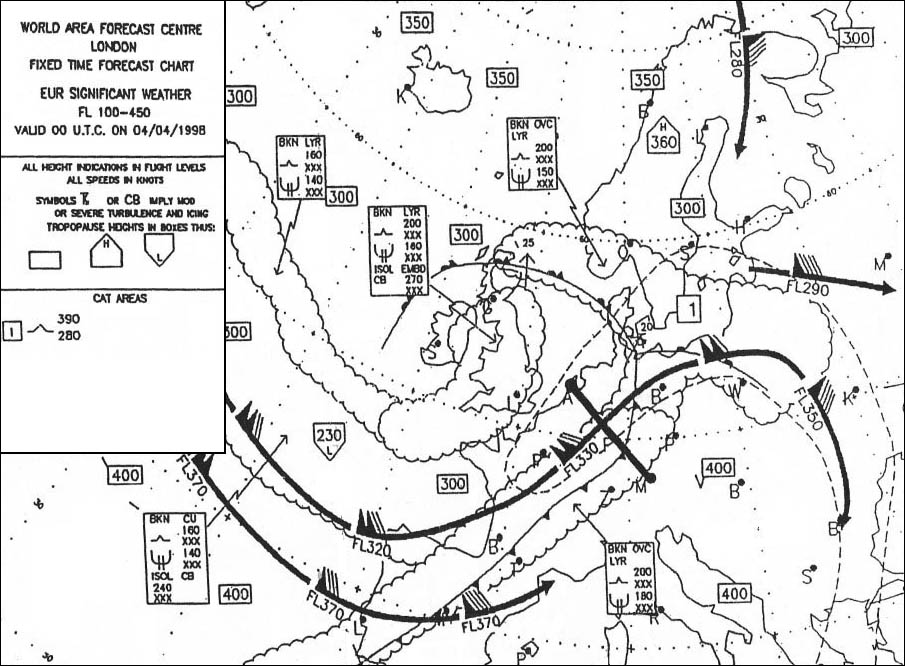 2.28 inches.
2.28 inches. Consider a conventional aircraft with three wheels the nose jack is located 161 ?
Question 72-27 : Bem 42054 lb cg 680 3 in bem 24271 lb cg 610 9 in bem 42054 lb cg 570 3 in bem 24271 lb cg 936 in
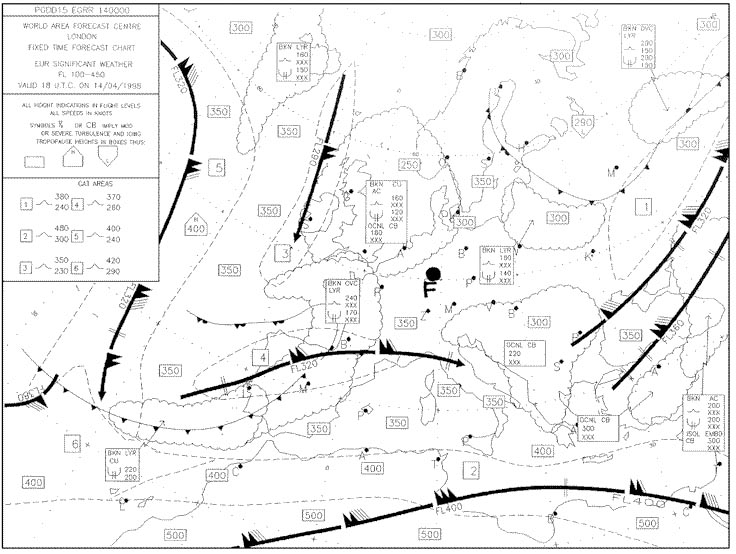 Bem 42054 lb, cg 680.3 in.
Bem 42054 lb, cg 680.3 in. Refer to figure 031 61 .originally there has been 225 l of fuel in the tank of ?
Question 72-28 : The cg will move towards the nose of the aircraft the cg will move towards the tail of the aircraft the cg will move towards the bottom of the aircraft the cg will remain the same
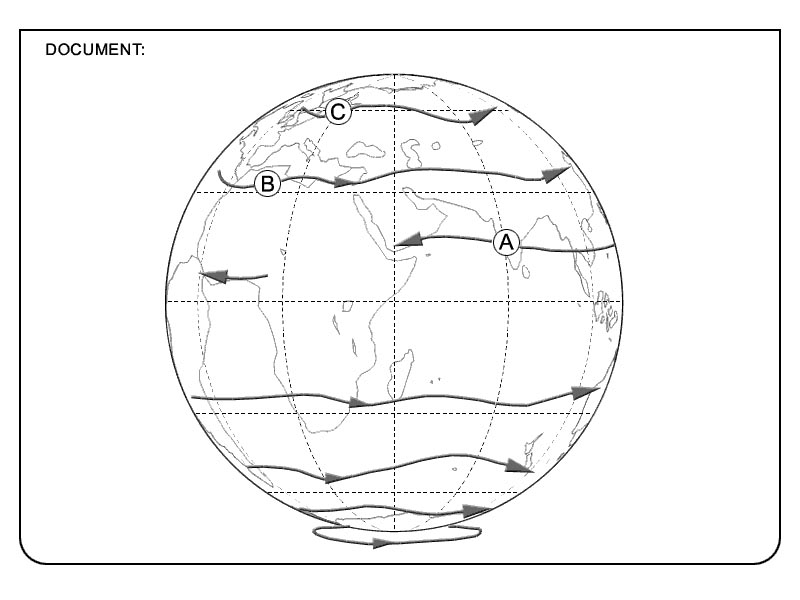 The cg will move towards the nose of the aircraft.
The cg will move towards the nose of the aircraft. Refer to figure 031 05 .given .force fa 100 n.distance a 6 m.distance b 3 ?
Question 72-29 : 200 n 300 n 50 n 100 n
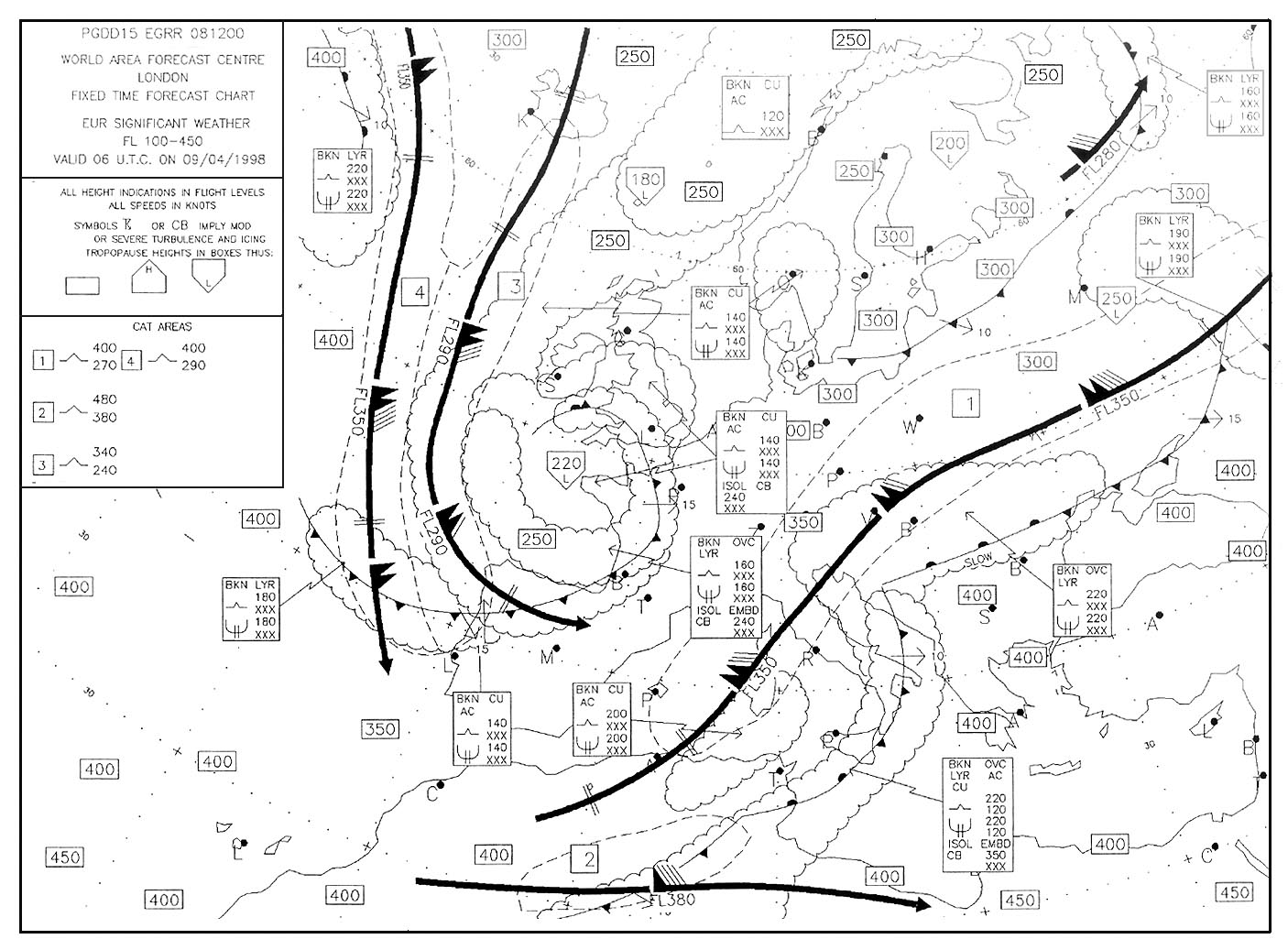 200 n.
200 n. Refer to figure 031 34 .given.bem 1200 kg.bem cg 3 00.pilot and front pax ?
Question 72-30 : 2 96 m 2 99 m 3 03 m 3 00 m
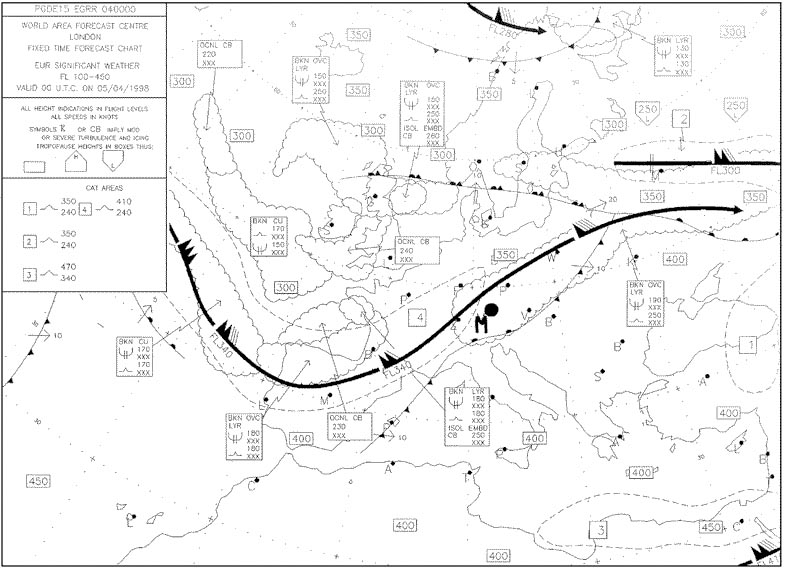 2.96 m.
2.96 m. Refer to figure 031 04 .given .force fa 100 n.distance a 6 m.distance b 3 ?
Question 72-31 : 50 n 200 n 300 n 50 n
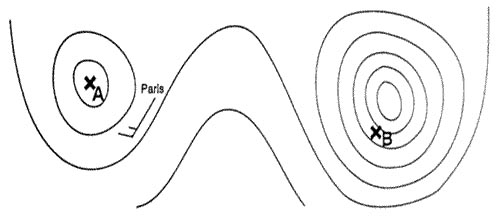 50 n.
50 n. Select the correct statement for the cg safe range ?
Question 72-32 : The safe range falls between the front and rear cg limits and includes both limits the safe range falls between the front and rear cg limits but does not include them the safe range falls between the front and rear cg limits but only includes the aft limit the safe range falls between the front and rear cg limits but only includes the forward limit
 The safe range falls between the front and rear cg limits and includes both limits.
The safe range falls between the front and rear cg limits and includes both limits. The fuel index is ?
Question 72-33 : Used to calculate the correct position of the cg due to different locations of the fuel tanks the difference between the zero fuel mass index and the doi a standard value given by easa and can be used for different types of aircraft only used for aeroplanes with wing tip tanks
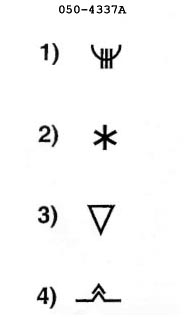 Used to calculate the correct position of the cg due to different locations of the fuel tanks.
Used to calculate the correct position of the cg due to different locations of the fuel tanks. Refer to figure 031 03 .given .force fa 300 n.force fb 150 n.distance a 3 ?
Question 72-34 : 6 m 2 m 1 5 m 9 m
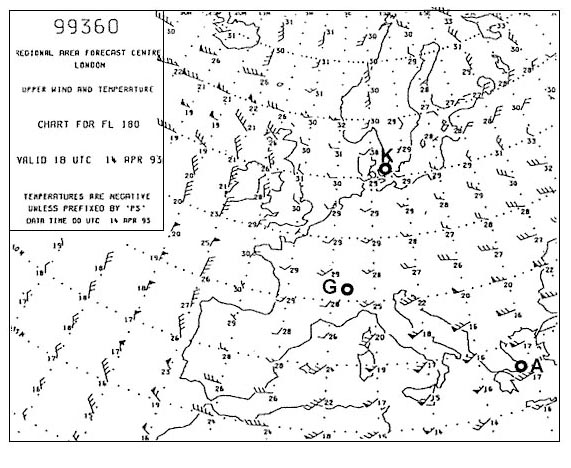 6 m.
6 m. Refer to figure 031 60 .given .weight 110800 kg.mac 31 6%.from the given values ?
Question 72-35 : 120 4 122 0 122 2 120 7
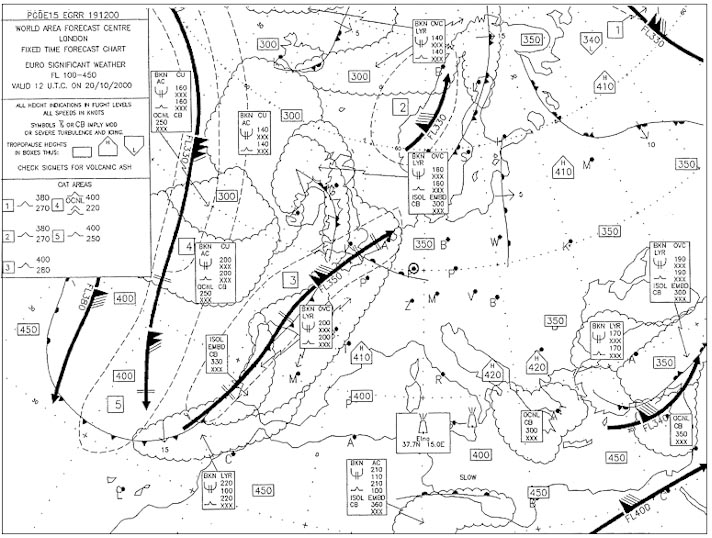 120.4.
120.4. Refer to figure 031 55 .find the cg position as %mac for the take off ?
Question 72-36 : 24% 10 8% 20% 27%
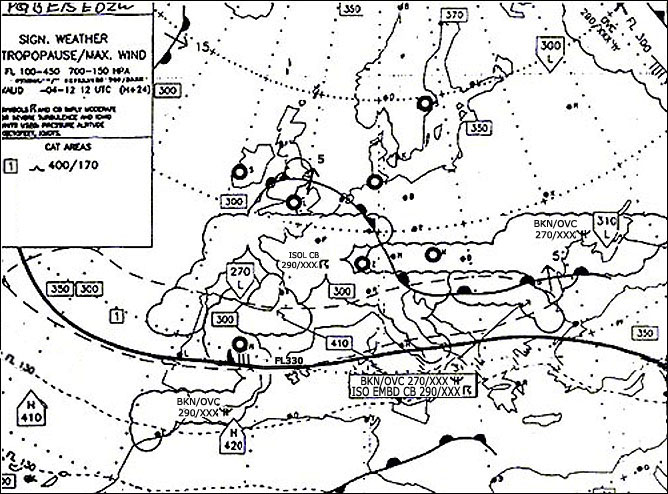 24%.
24%. A mass of 600 kg is loaded at a station which is located 12 metres behind the ?
Question 72-37 : 108000 n m 10800 n m 72000 n m 115200 n m
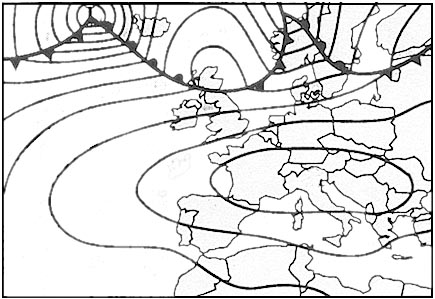 108000 n.m
108000 n.m Refer to figure 031 00 .if the aft galley is loaded with 102 kg dry operating ?
Question 72-38 : 1 52592 0 01496 1 35048 there is no change in doi
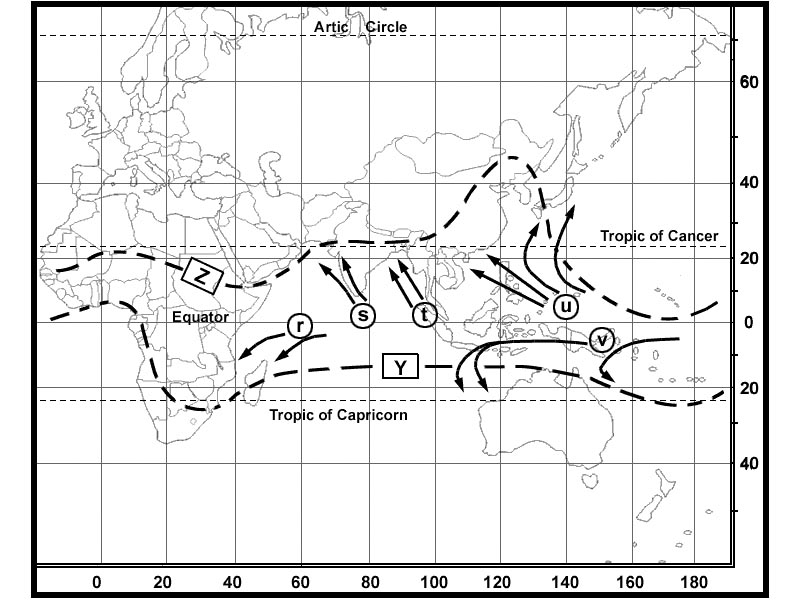 1.52592.
1.52592. Refer to figure 031 02 .given .distance a 2 m.force fa 300 n.calculate force fc ?
Question 72-39 : 100 n 900 n 600 n 300 n
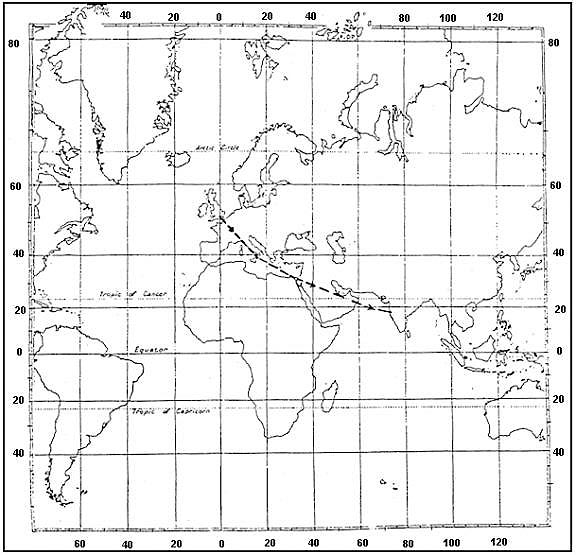 100 n.
100 n. For this question use annex ecqb 031 048 v2015 07 calculate the centre of ?
Question 72-40 : 85 79 mm 87 59 mm 86 41 kg 85 79 kg mm
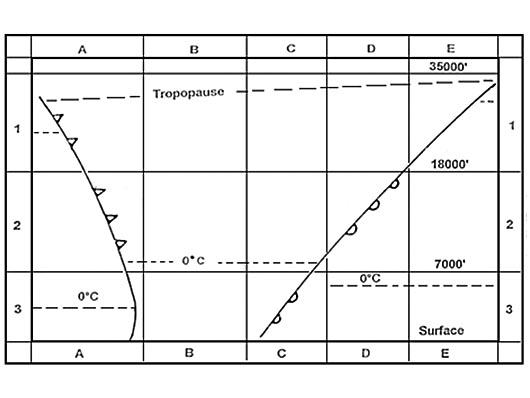 85.79 mm
85.79 mm ~
Exclusive rights reserved. Reproduction prohibited under penalty of prosecution.
2839 Free Training Exam
